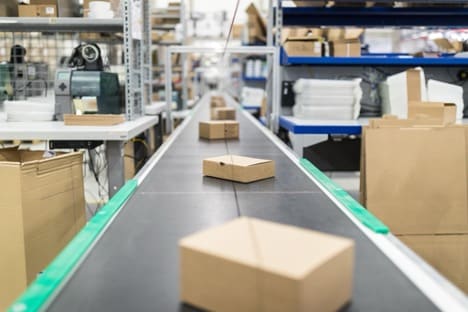
(photo credit: Microsoft Stock Images)
Packaging plays a crucial role in both e-commerce and retail, but the requirements for each channel can differ significantly. With e-commerce growing rapidly, understanding these differences is important for businesses aiming to optimize their packaging and enhance their customers’ experience.
E-commerce Packaging: Prioritizing Protection and Efficiency
In e-commerce, packaging needs to prioritize protection and efficiency. Products are shipped directly to consumers, often from warehouses, and face the risk of damage during transit. Packaging must therefore provide adequate cushioning to ensure products arrive safely. Additionally, packaging for e-commerce must be cost-effective, lightweight, and easy to handle. Using minimal materials to reduce shipping costs while ensuring safety is key. The packaging also needs to be designed for easy opening, as customers expect a smooth, hassle-free unboxing experience.
For many e-commerce companies, automation is essential to keeping packaging processes efficient. A conveyor manufacturer often provides systems that streamline packaging and fulfillment, ensuring quick and accurate order processing. These systems can improve both productivity and accuracy, making it easier for businesses to handle high volumes of orders.
Retail Packaging: Focused on Branding and Shelf Appeal
In contrast, retail packaging places more emphasis on branding and shelf appeal. Products are displayed on store shelves where they need to catch the eye of potential customers. Packaging design must align with the brand’s identity, using vibrant colors, clear product information, and eye-catching visuals. Durability is also important, as retail products are handled by customers before being purchased and may experience wear and tear on store shelves.
Retail packaging is often more elaborate than e-commerce packaging, as it needs to stand out in a competitive retail environment. It should provide a positive experience from the moment a customer picks up the product until they make their purchase. Both e-commerce and retail packaging serve different purposes, yet both are essential in delivering a great customer experience. While e-commerce packaging focuses on protection and cost-efficiency, retail packaging emphasizes branding and shelf appeal. Understanding these differences and adapting packaging strategies accordingly will help businesses succeed in both channels. To learn more, look over the resource below.



Recent Comments